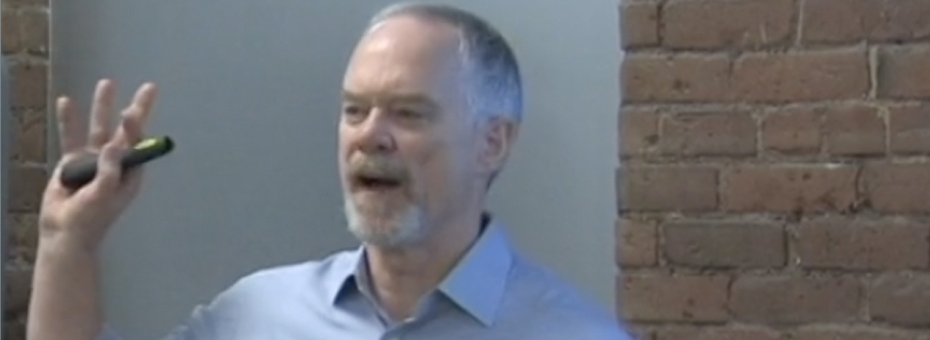Dear Community Member,
My spidey sense was tingling as my host, the GVP of Product Development, explained that “…of course, it goes without saying that people are our most important asset and so we recruit and hire the top people from the best universities and get out of their way.” By the time he shared their only specific example of their people development strategy as an annual training-hours target, full-blown alarm bells started going off. Especially since one of the reasons I was there was because of high attrition levels among technical people.
“Respect for people” in product development starts with not taking your people for granted. It is your people that provide the skills, energy and creativity. They are the single most important element of great product development systems. They drive the system. Yet many companies leave their growth and development to chance. They are far more excited about their newest additive manufacturing equipment or cloud based collaboration tool. What’s more, it seems that the recent startup craze has exacerbated this problem. Companies seem less inclined than ever to make long-term investments in people – and this is indeed a troubling trend. And what may be worse, few product development “experts” seldom even mention people. Having the right people in the right roles with the right skills is “just assumed.” This is a potentially fatal mistake for the long-term viability of your organization. It is the fundamental responsibility of every enterprise and every manager in those organizations to invest in the development of their people.
It was at the beginning of my own lean journey more than two decades ago that two comments about the role of people in lean really resonated with me. The first was when John Shook told me that “Lean is not people agnostic – people are the center of lean and the reason for it.” The second was when Mike Massaki, President of the Toyota Technical Center explained that at Toyota “we develop people and products simultaneously.” What he meant was that at Toyota, people development was not an extracurricular activity delegated to HR. It was at the very center of everything everyone did. It was part of how they did their work every day. And throughout my next three years of research I saw how Toyota leaders coached, mentored and consciously developed some of the best engineers in the industry and turned that development into a truly lasting competitive advantage.
But it wasn’t until I started to apply these lessons as a development leader that I really understood what it meant to put your people at the center of your development system. It fundamentally changed how we approached our work: how we led our design reviews, how we made assignments, the development tools and processes we created, how we thought about “career paths,” and most of all, how we viewed our roles as leaders. And that helped to transform our organization as well as our products.
While a detailed discussion of each of these topics is beyond the scope of this e-letter, I will leave you with one question to reflect on:Where do your people fit into your development system?
– Jim
Jim Morgan
Senior Advisor
Lean Product and Process Development at the Lean Enterprise Institute
PS:
LEI LPPD Open House: Last month, product developers from 22 different organizations packed into the LEI office in Cambridge for our first-ever LPPD Open House. They came from as far away as Rio de Janeiro and Tel Aviv, as well as all across the U.S., and represented industries as diverse as software, microprocessors, undersea exploration equipment, consumer products and healthcare. It was incredible! In addition to a great networking opportunity, we shared several successful case studies that illustrated the potential of LPPD including the excellent work of our learning partner Herman Miller. We are thrilled with the incredible community growth we have experienced in the last year.
LPPD Learning Partner Event: These events continue to be one of the most unique and powerful opportunities for learning as companies share the details of the challenges and success of their LPPD journey and October was no exception. Our partners currently have experiments underway on effective LPPD management systems for running product development systems, craftsmanship excellence, creating milestone quality of event criteria and visual management. In addition, Sebastian Fixson, Professor at Babson College led an excellent, interactive workshop on “Design Thinking” and Jim Womack shared his perspective on the crucial role of LPPD in creating a Lean Enterprise. Our partnership continues to grow in both size and effectiveness and has become a benchmark learning process.






